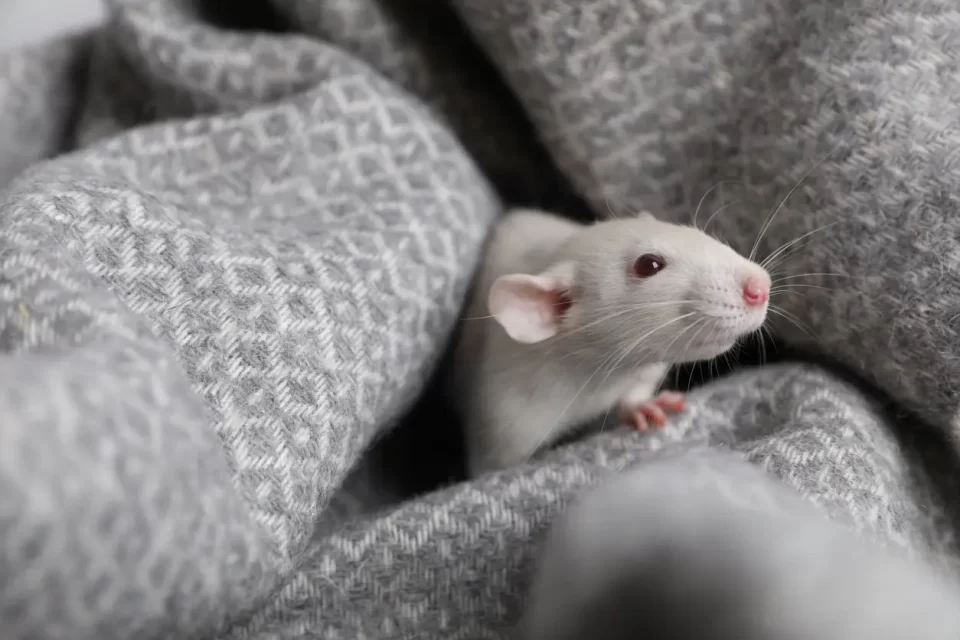No homeowner wants to play host to pests. From roaches invading the pantry to mice scurrying in the attic, pests can damage property and pose health risks. Knowing which are most common, tips for keeping them at bay, and how professionals handle them will help address infestations effectively.
Ants: Persistent Invaders
Ants are infamous for their ability to infiltrate even the tidiest of houses. Attracted by food crumbs, sugary substances, and grease, these social insects can quickly build colonies in walls, underneath floors, and even within appliances. You might find them forming trails towards bits of food. Small piles of dirt and debris near entry points are another sign of ant infestation.
Cleanliness is crucial to keeping them out. Regularly sweep and mop floors and tidy surfaces, especially in kitchens and dining areas. Always store food properly, preferably in airtight containers, including pet food.
Professionals often use bait traps to attract and poison their colonies when eliminating ants. To prevent re-entry, they also check and seal all fissures in walls, floors, and around windows and doors.
Bed Bugs: Small Biters, Big Problems
Bed bugs are tiny, nocturnal blood-feeding insects. They hide in mattresses, bedding, furniture, and crevices during the day and only come out at night to feed. They may be challenging to find, but you would know they’re around if you see dark spots of excrement and bloodstains on sheets or pillowcases.
To avoid bed bugs, launder bedsheets and blankets in hot water, then dry them on high heat. Vacuum-clean mattresses, carpets, and furniture regularly as well. Pest control experts typically eradicate bed bugs and prevent re-infestation using heat treatments and chemical solutions.
Cockroaches: More Than Just a Nuisance
Roaches are notorious for spreading bacteria and allergens. These resilient critters love dark, humid areas and infest kitchens, bathrooms, and basements. Indicators of infestation include unusual, musty odors, droppings resembling coffee grounds or black pepper, shed cockroach skin, and egg casings.
Store food properly, ensure all surfaces are free of crumbs or spills, and avoid leaving dirty dishes overnight. Discard garbage properly in bins with tight-fitting lids, and take it out regularly. Fix leaks and ensure good ventilation in kitchens and bathrooms to reduce moisture levels.
Pest control experts often use traps, insecticide sprays, and gel baits to eliminate cockroaches. They also perform proper sanitation procedures to avoid re-infestation.
Mosquitoes and Flies: Annoying Disease Carriers
Mosquitoes can transmit fatal diseases like dengue and malaria, while houseflies can spread bacteria. Although small, they’re relatively easy to spot since they fly around and make buzzing sounds. They also tend to leave maggots or larvae in garbage and decaying matter.
Eliminate sources of stagnant water at home, like flower pots, buckets, and clogged gutters, as they are the ideal breeding places for mosquitoes. Discard trash and food waste properly to avoid attracting flies. Using door and window screens helps stop these insects from entering.
Schedule fogging treatments periodically with pest control experts to ensure your home’s protection. They may also lay multiple traps for extra measure.
Rodents: Unwelcome Home Campers
Rats and mice can contaminate food, spread diseases, and damage property. They’re highly adaptable and can squeeze through small openings. Rodents often make scratching noises in walls or attics, especially at night, and leave droppings along walls or areas where food is stored. They also gnaw on furniture, packaging, and electrical wires.
Block all cracks and holes in your foundation, walls, and roof with sealants, no matter how tiny. Put food in airtight containers and avoid leaving food out overnight. Moreover, always keep your yard clear of debris, clutter, and potential food sources.
Exterminators often use snap traps, bait stations, and rodent-proofing techniques. Combining these control methods secures entry points and prevents future infestations.
Termites: Silent Destroyers
Drywood and subterranean termites feed on wood and other cellulose materials unnoticed, compromising the home’s structural integrity. Signs of infestation include discarded wings, mud tubes on walls and foundations, and wood that sounds hollow when tapped.
Protecting your home begins with annual inspections by a qualified pest control specialist. Repair leaky pipes and plumbing fixtures, ensure proper drainage, and ventilate crawl spaces to reduce moisture. Additionally, avoid wood-to-soil contact around your home’s foundation to limit their entry points.
Termite control specialists may utilize a combination of methods to exterminate them and prevent further infestations. These include liquid barriers, baiting systems, and fumigation.
Don’t Wait for Pest Problems to Escalate
Protecting your home against common household pests is a continuous effort. It involves understanding their nature, recognizing signs of infestation, and implementing preventive measures. If you’re facing a persistent pest issue, contact local pest control specialists for an assessment and customized treatment plan.

